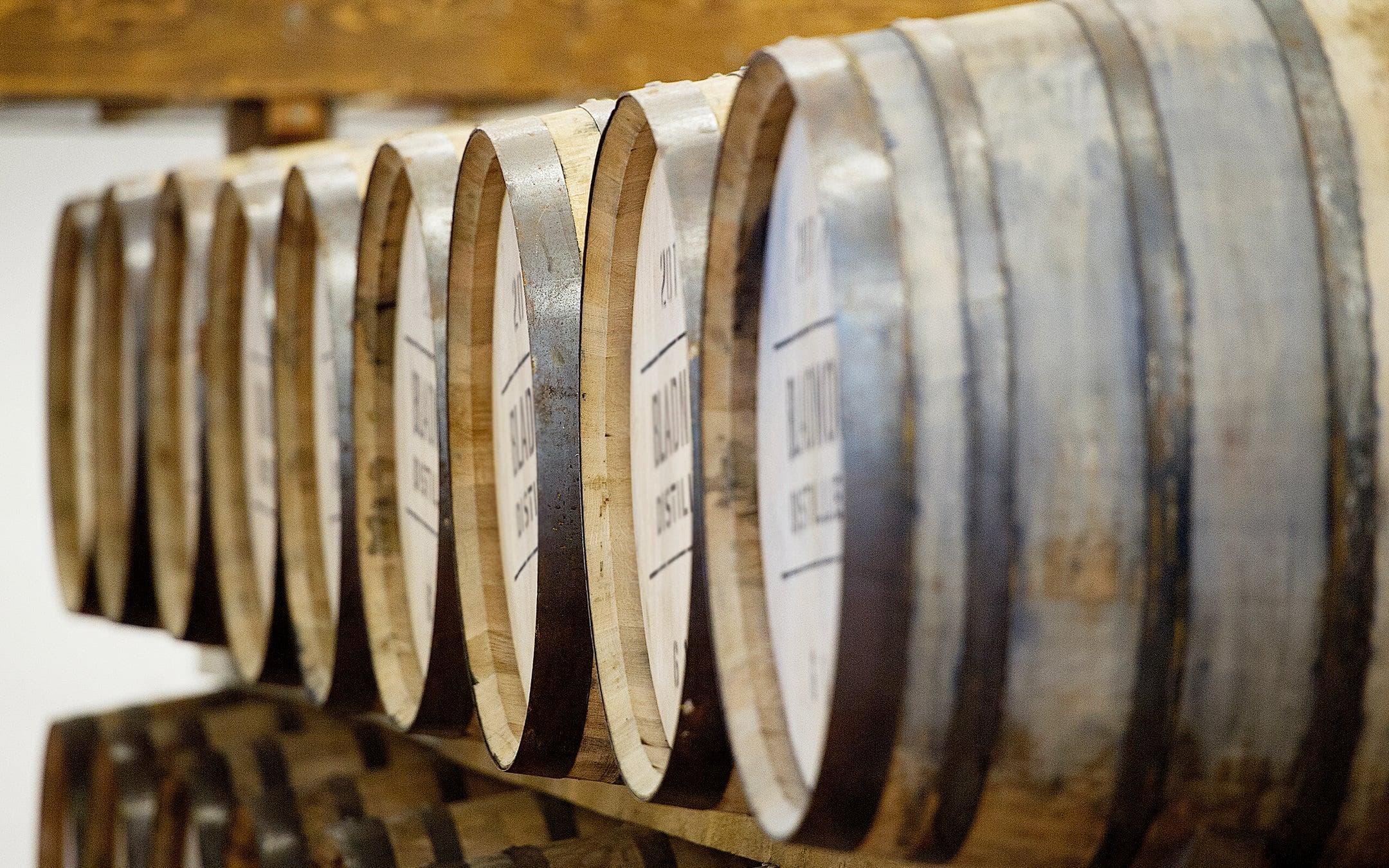Single cask whisky is at the heart of that we love here at The Scotch Malt Whisky Society. Each month we celebrate numerous single casks from distilleries far and wide, highlighting the unique factors that make the whisky so special. If you have watched any of our live outturn preview tastings you have heard us many times talk not only about the spirit or distillery the whisky comes from, but about the actual cask itself. What type of cask it is, where is comes from, the spirit(s) it held in a previous life. These factors are all important to the overall contribution of flavour in whisky, and all worthy of being celebrated. Let’s take a look at three important factors that make each cask so unique.
The Oak
For hundreds of years oak has been the vessel of choice for storing (or aging) wine and spirits. The rigid cell structure of oak allows it to withstand contact with liquid for prolonged periods of time. The charring or toasting of the oak allows for the compounds in the wood to be absorbed by the liquid inside, which gives us flavour! A vessel that is not only strong and liquid tight, but also imparts flavour? Sounds like an obvious choice, and one that also happens to be the law in both bourbon and Scotch whisky production. While there are just about 600 oak varieties around the world, we see two most commonly used in Scotch whisky production: American Oak (Quercus Alba) and European Oak (Quercus Robur).
American Oak is what makes the American Standard Barrel, which is the at the foundation of the American whisky industry. These casks are often used once to age bourbon and then they find their way over to Scotland to age Scotch whisky. These types of casks offer aromas and flavours of vanilla, butterscotch, and coconut and that classical range of golden hues. We see a large majority of these casks in our Juicy, Oak and Vanilla flavour profile!
European Oak, typically from Spain and Portugal is traditionally used for making sherry casks. This oak species lends more tannic and spice forward notes and richer deeper color, much like Cask No. 95.39 “Indian summer in a Japanese garden”.
Previous Contents
A large majority of casks used to age Scotch whisky have lived previous lives. They once housed other spirits such as bourbon, rum, port, sherry, and other types of fortified wine. We are even seeing ex-tequila cask used in finishing Scotch whisky now. The previous contents of a cask have an influence on the whisky in 2 different ways:
Full maturation: when new make comes off of the still and heads directly into a cask that previously held another spirit and spends the entirety of its maturation in that cask, the flavours imparted will be more intense. Take Cask No. 107.21 ‘Bounty on the galleon' for example. This whisky spent all 7 years in a first fill sherry butt, resulting in a gorgeous amber hue and dense notes of balsamic glaze and dried figs.
Finishing or Second Maturation: cask finishing simply means the initial spirit was held in one type of cask for a majority of its maturation, and then transferred into a different cask for the remainder of its maturation. This practice has been widely popular for just over 20 years now, thanks to pioneers like David Stewart and Dr. Bill Lumsden. The overall goal of this process is to add flavour to a whisky. One must understand how the previous contents affects the oak, which will in turn affect the overall flavour of the finished whisky. Cask No. 95.46 ‘Earthy and mysterious’ shows this well! After 5 years in an ex-bourbon cask, this was transferred into a second fill charred red wine barrique, offering those classic notes of vanilla ice cream and crème brûlée, topped with notes of black forest cake and jam. Our Spirits Manager Euan Campbell saw the opportunity to add in those jammy notes from the red wine barrique, and managed to finish this cask for just the right amount of time.
Get your fill on
Take a look at some of your Society bottles at home. You will often see the cask described not only by its previous contents and size, but by its fill as well. What does this mean exactly?
First-fill: this is a cask that is being referred to as maturing Scotch whisky for the first time. For example, a cask that comes over from Kentucky that previously held bourbon is now used to age Scotch whisky for the first time. First fill casks are most active, and result in quicker maturation. If matured for too long in a first fill casks, the whisky can become too bitter, wood driven, and unbalanced. This is where we typically see whiskies under 18 years, and Cask No. 26.161 ‘Put the pebble to the petal’ illustrates this perfectly. At only 8 years this offers not only an incredibly viscous mouthfeel, but rich and dense flavours of sweet cereals and lemon curd on toast thanks to that active first fill bourbon barrel.
Second-fill (refill): this is a cask that has been previously used to mature Scotch whisky and is being refilled and used a second time. Refill cask offer the spirit a much calmer environment for maturating, with the wood being less active. This is where you can see whiskies aging for upwards of 40+ years. The spirit has an opportunity to shine here, with the wood profiles taking more of a back seat. Cask No. 38.28 ‘Winter walk hipflask’ has been aged in a second fill barrel for 25 glorious years. Tropical notes abound on the palate, accompanied by strawberry jam and sponge cake make this a perfect way to end a day.
While many factors contribute to the overall flavour of a whisky, these are just a small handful of important ones. I hope the next time you pour a Society dram, you’ll investigate the label and have a fonder appreciation of the flavours you are experiencing, knowing where they come from! If you want more on this and missed last month’s dive into maturation, I invite you to read up on that here!
Sláinte!
Jenna Elie



